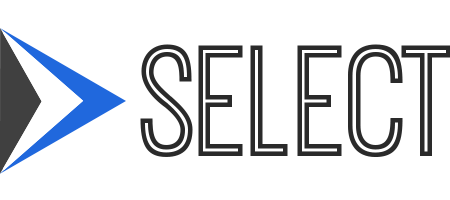Graphic Guidelines For Screen Printing
Get the most out of your print with these graphic guidelines for screen printing
In order to guarantee quality printing, we need to have quality artwork. Check out these graphic guidelines for screen printing to help you get the most out of your artwork.
Vector Art and File Formats
The best and most usable artwork is called Vector Art, which is completely scalable and transfers to screen printing the best.
File Formats (in order of preference)
- Adobe Illustrator files that were originally created as vector files and end in .ai
- Vector files saved as a PDF and end in .pdf
- Vector files saved as Encapsulated Post Script files and end in .eps
Other formats that can work but must be at least 200 dpi and can use only 2 colors
- .jpg and .jpeg
- .psd
- .gif
Most rasterized graphics such as bitmaps will NOT work. Other file types that generally will NOT work:
- Word Documents
- Files of less then 200 dpi
- Files that were originally less then 200 dpi and were then “up sampled” to 200 dpi. Up sampling is when you try to make a small or low resolution image bigger or increase the resolution. This will generally lead to pixelated and blurry images.
- Vector files in Corel Draw (.cdr) will need to be converted to Adobe Illustrator files. You can do this by exporting the Corel Draw files as an .eps file
Graphics of this type will likely need to recreated and require some graphic design time
Creating your artwork
Here are a few tips when creating artwork to be screen printed:
- If possible, create your artwork in Adobe Illustrator as a vector file. This is not a requirement but it will ensure compatibility with our systems.
- Creating the image in the size you want it printed will ensure that we print it correctly on your garment as we will not need to do any resizing. Be sure to use the specific spot colors that you would like printed in your design.
- Using a specific Pantone number for each color will help us properly match your needed colors.
- If you are ordering a garment that is porous, such as a mesh fabric, you may want to keep your design details to a minimum since the fabric has holes that cannot be printed on.
- If you have text in your design, including custom last names or numbers, you will want to convert that text to an expanded outline in your vector program. Why? If you are using a font on your computer that we do not have, when Adobe Illustrator opens the file on our computer the font will not match the original. By converting the text to an expanded outline the image will open correctly on our computer.
Frequently Asked Questions
How big should I print on the front of the shirt? While we are willing to do whatever you want, most customers usually print about 10” wide on a standard garment. And they usually place it about 4” down from the collar.
How many colors can I print? It depends on the style of print you would like. We can print up to 6 different spot colors. But with process printing we can print an almost unlimited amount of colors depending on the garment you are using. Check with us and we can help you with this process.
How big can I have a print be? Normal printing size is 17” tall by 15” wide. But special options like sleeve and leg prints or oversize printing are available.
What if I'm not a graphic designer? Even if you have no graphic design training or experience, you still have options. If you work for a company that has a logo, your best bet is to find the source of that logo and try to get a vector file from there. This could be your company's graphic department or could be a designer that your company hired. These are a couple of great places to start. You can send them a link to this page to give them our graphic guidelines for screen printing. If you are having trouble finding the source of your logo or the graphic you wish to have printed, we may be able to help. Contact us with what you need and, in most cases, we will be able to help you out.
These graphic guidelines for screen printing were created specifically for Select Printing. They may not apply to other screen print shops or printing processes.
